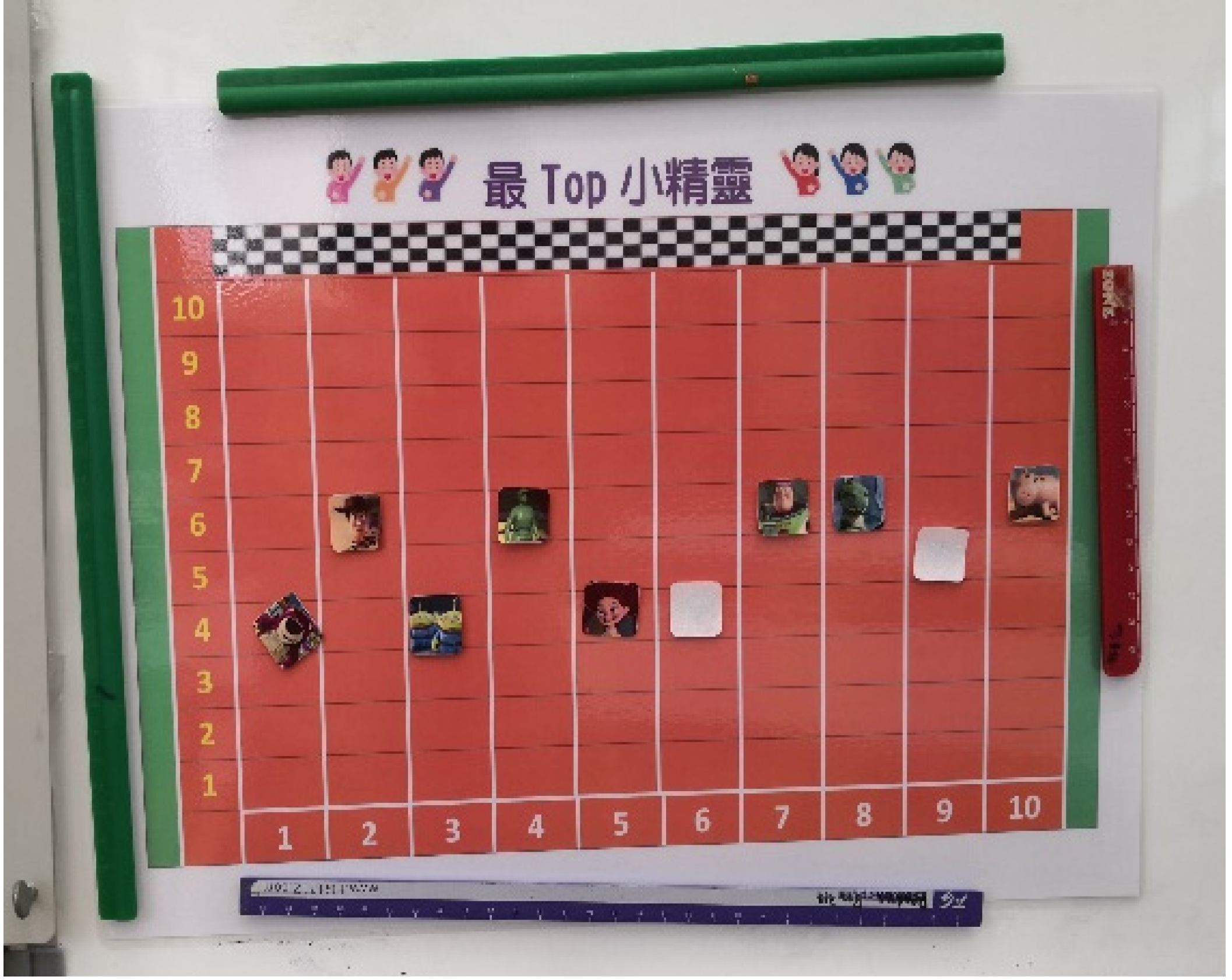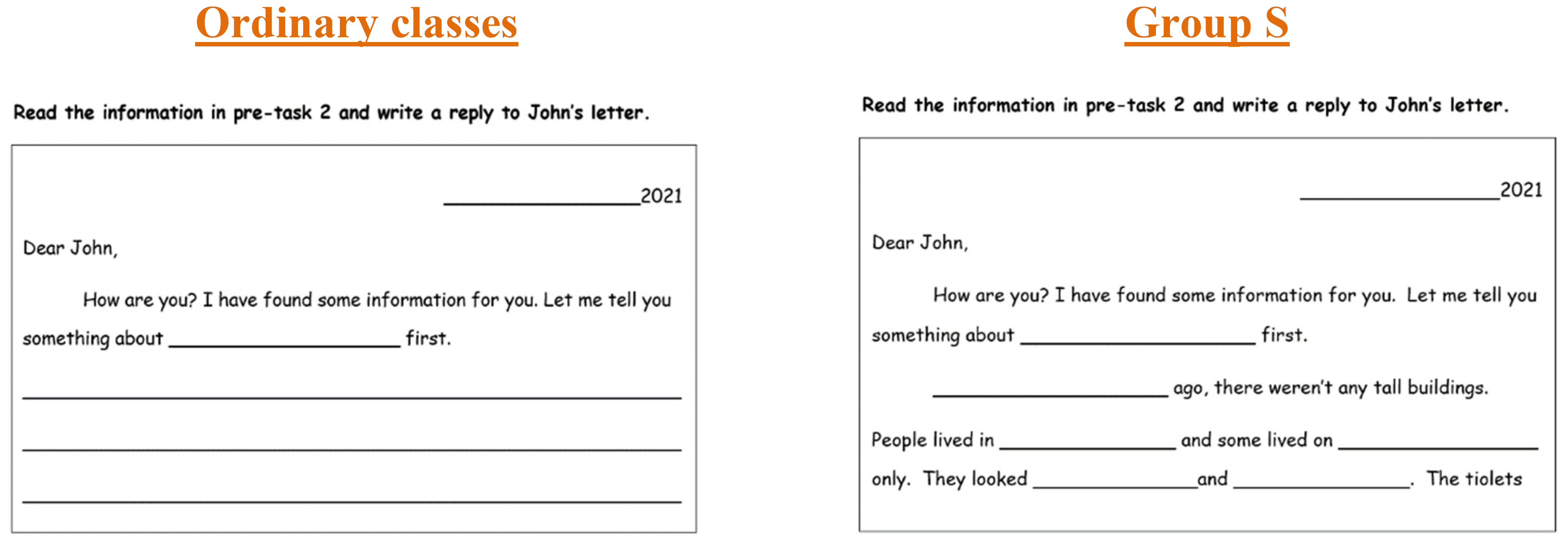Canossa Primary School (San Po Kong)
Role and Duties of Special Educational Needs Support Teacher
Multiplying additional manpower resources
To better cater for students with special educational needs (SEN), the Education Bureau (EDB) has implemented the enhanced Learning Support Grant for all primary and secondary schools from the 2019/20 school year, among which is the provision of one to three additional teaching posts titled Special Educational Needs Support Teacher (SENST) for eligible schools.
In the 2021/22 school year, our school operated 36 classes and employed more than 70 teachers, including those outside the teaching staff establishment. The manpower strength has enabled us to deploy more staff to support students with SEN. Six teachers from three major subject panels, viz. Chinese, English and Mathematics, have been assigned to share the work of three SENST posts. They are tasked to facilitate learning and teaching support and promote curriculum development.
Developing a differentiated curriculum to strengthen tier-1 support
In addition to the increased number of SENSTs, the scope of support also covers the three major subject panels of Chinese, English and Mathematics. With two teachers working as a team in each panel to support and back up each other, it is easier for the subject panels to design a curriculum for providing tier-1 support.

An award scheme has been introduced to boost students’ motivation to learn
Three of our SENSTs adopt a mixed-class re-grouping arrangement for teaching Primary Two Chinese, Primary Four English and Primary Five Mathematics respectively. Under this arrangement, two classes each from Primary Two, Primary Four and Primary Five are combined and have their students split into three learning groups. Ten of the students with SEN requiring intensive support are assigned to Group S, where our SENSTs have designed a differentiated curriculum for them. In consequence, students in Group S show an obvious upsurge in motivation and regain the confidence to learn. Likewise, students in ordinary classes benefit from the reduced learner diversity among them.
Our SENSTs regularly share their insights in curriculum design, teaching strategies, students’ learning outcomes, etc. at subject panel meetings. By sharing successful experiences, other teachers will hopefully be encouraged to adopt the following teaching strategies for providing tier-1 support in their classes:
Award scheme: Instant recognition to boost motivation
Classroom activities: Hands-on activities to foster engagement
Classroom activities: Note-taking to facilitate revision
Tiered assignments: Set priorities, simplify requirements, give more examples and adopt a step-by-step approach

Tiered assignments designed by SENSTs to cater for the learning needs of different students
Optimal use of manpower in developing school-based curriculum for tier-2 support
The other three SENSTs are responsible for providing support for students identified as having learning difficulties in Chinese, English and Mathematics under the Early Identification Programme for Primary One Students. They have designed an after-school curriculum suitable for these students with reference to two modules, namely Character Recognition (「識字」) and English Literacy (「英文讀寫」), of the Fun with Reading and Writing - A Resource Pack for Primary School Pupils (「讀寫樂:小學生讀寫輔助教材」) prepared by the EDB. Under the epidemic, junior primary students are prone to learning setbacks and need additional and focused support. Upon identifying their difficulties, teachers arrange real-time online classes, such as Read and Write Chinese with Fun (「中文讀寫樂」), Spelling is Fun (「英文串字樂」) and Mathematics Group (「數學小組」), on top of classroom teaching to enhance students’ learning skills.

Read and Write Chinese with Fun, a school-based curriculum designed by SENSTs for students with weaker literacy skills
More focused support for students requiring tier-3 intervention
Several students in our school require tier-3 support, and it is necessary to draw up an Individual Education Plan (IEP) for them. We have thus assigned three SENSTs to attend to these students according to their SEN and grade levels. In addition to regularly meeting their class teachers, major subject teachers and parents to discuss support plans and keep track of the students’ progress, our SENSTs have also joined external support programmes relevant to the SEN of these students and received training under the programmes. They would learn how to systematically analyse the needs of students with autism spectrum disorder (ASD). Based on these analyses, they would enhance classroom teaching, arrange additional small group training as tier-2 support and/or draw up an IEP as tier-3 support. Besides, our SENSTs assist in following up on the weekly group or individual classroom learning with training programmes designed and tailored for these students in advance. For example, they may select suitable video clips or comic strips and make use of real-life illustrations to enhance students’ rule-abidingness.
Comprehensive support for students’ positive development
The problems faced by students with ASD are often not limited to learning. It is therefore also important to teach them positive ways to handle their emotional and behavioural problems. Our school provides comprehensive support for individual students by designating a SENST to follow up on their cases. On top of providing 3-tiered support under the framework of the Project on “Whole School Approach to Providing Tiered Support for Students with ASD”, some of our SENSTs are assigned as major subject teachers for these students so that they have more opportunities to observe the students’ performance in class and hence have a better understanding of their changes and learning needs. Our SENSTs also provide individualised training for students with ASD. From giving incentives in class to determining tailor-made topics for each training session, the designated SENSTs devise support plans to keep track of students’ performance across school years so that timely adjustments can be made to the support strategies.
It has only been two school years since we started to provide the said support services for students with ASD, but we have already seen obvious improvements in their behaviour and learning. They have become more capable of managing their emotions and have learnt to admire others’ achievements and express appreciation to their peers. These outcomes attest to the success of our SENSTs in promoting students’ positive development at the case level.
Reinforcing Whole School Approach to integrated education
Last but not least, each of the six SENSTs is tasked to support students with SEN at one of the grade levels from Primary One to Primary Six. They regularly take part in consultative meetings of the classes of respective levels to enhance communication with the class teachers and major subject teachers so as to learn about the students’ performance in class as well as their learning needs. They are also involved in monitoring the outsourced training group services for the respective grade levels, including those on attention building, social skills, reading and writing and so on. Through peer lesson observation, our SENSTs monitor the quality of services provided by the outsourced training groups. They also observe the performance of students in group training and recommend some of the effective strategies identified in the training sessions to the class teachers or major subject teachers. This way, the kinds of support at three tiers are linked up, enabling consistency in strategies to enhance students’ training and stronger cooperation among teachers, which is conducive to providing support through adopting the Whole School Approach.
